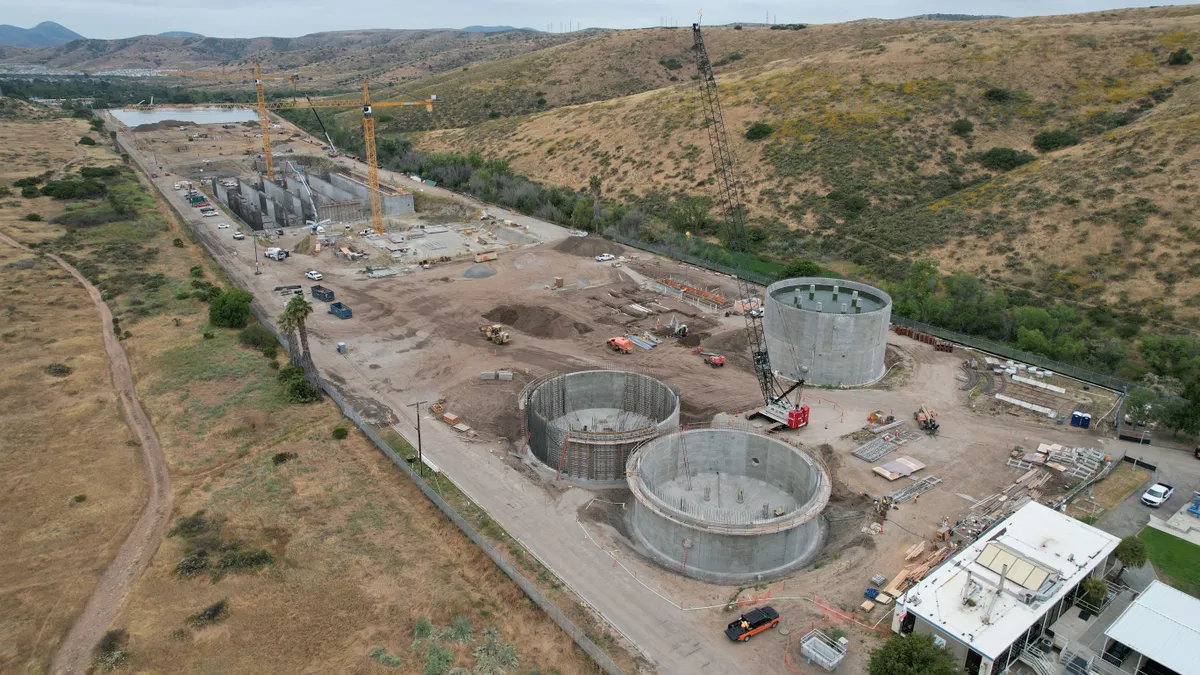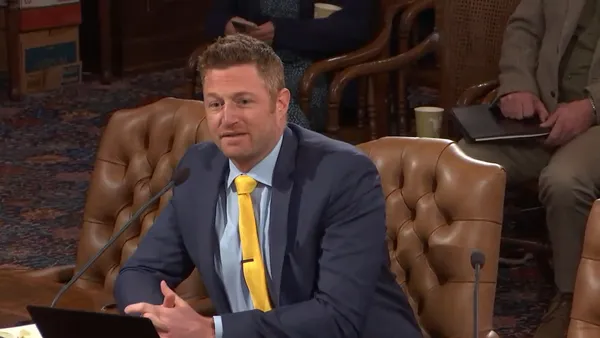All financial information is in Canadian dollars.
Ontario-based Anaergia’s revamped executive team, which changed after the company initiated a strategic review earlier this year, expressed “significant doubt about the company's ability to continue” going forward on their second quarter earnings presentation Tuesday.
“While management has made efforts to improve the operability, these efforts are unlikely to be substantial enough,” CFO Andrew Spence said on the earnings call. He offered “no assurance” that the company would be able to reach liquidity soon.
The warnings come amid continued feedstock challenges at the company’s Rialto Bioenergy Facility in California and difficulties bringing several built, owned and operated projects online in Italy. During Anaergia’s fourth quarter earnings call in April of this year, executives announced a strategic review as it stared down those challenges. The board also appointed a new CEO, CFO and chief auditor in recent months.
Amid its strategic shift, the company has continued to pursue new opportunities, including a contract to build a facility to handle wastewater sludge in the San Diego, California, area and a $5 million grant to advance a planned bioenergy facility in Kent County, Michigan.
But challenges at the Rialto facility stemming from delayed implementation of organics collection in California led the facility to file for Chapter 11 bankruptcy in May. Anaergia has a 51% stake in the facility and following its filing deconsolidated the operations from its earnings.
That led to a $38 million net loss on the quarter. Yaniv Scherson, chief operating officer of Anaergia, said the facility has not seen a material increase in feedstock this quarter, but he still expects the situation to improve by next year. The company expects a contracted RecycLA hauler to begin operating two of Anaergia’s OREX extrusion press machines soon, which will boost Rialto’s feedstock, as well as Los Angeles’ ramp-up in enforcement of organics separation.
The company is also facing an array of challenges in its Italian facilities, which it undertook to take advantage of an expanded biomethane market in the European Union. Those facilities are facing supply and feedstock challenges, CEO Brett Hodson said.
Hodson was appointed to his position in June after leading infrastructure group Corix. On Tuesday’s call, he said he still saw demand for Anaergia’s offerings but noted that each facility presents unique challenges.
“These types of projects tend to have debt and leverage in them and other ways to minimize equity capital up front to get to your run-rates on these projects, but they do have risks,” Hodson said. “For us it's been the simultaneous manifestations of several risks that's put us into a bit of a challenge and that's leading us into a strategic review.”
Hodson declined to offer a timeline for the strategic review or to speculate on whether the company or its assets would be the target of M&A activity.
Despite the challenges facing Anaergia, Hodson said there was still interest in its offerings from a range of parties, including infrastructure funds, strategic investors or companies looking to expand their environmental offerings.
“We are in a challenging time right now, but when I'm looking at the demand in the market and the projects we're lining up ... I get very excited about the opportunity post this liquidity challenge we're having,” Hodson said.















